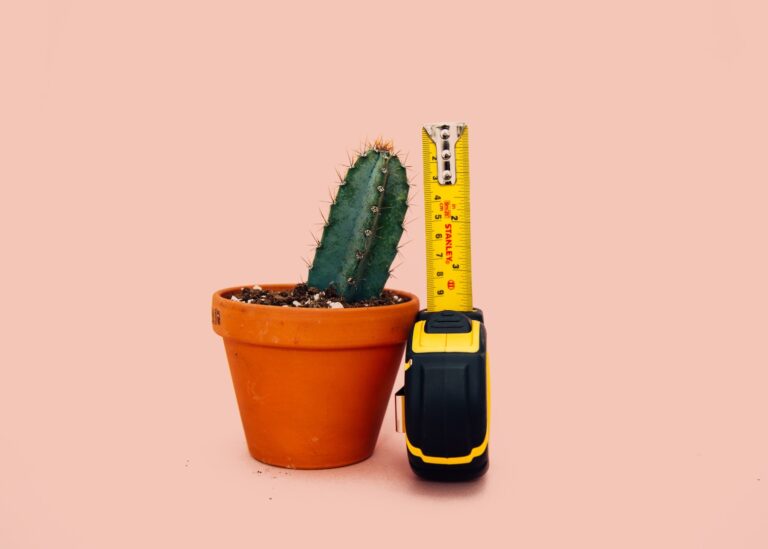Penis size is a sensitive topic that can cause anxiety or insecurity. It’s important to talk openly and honestly with teenagers about genital development, while respecting privacy and boundaries.
The first sign of puberty is changes in the scrotum, when testicle growth occurs. Then the penis grows in length and girth.
1. Length
It’s important to note that penis length varies from individual to individual. There is no “normal” size for a penis, and it’s important to focus on overall sexual health and communication with partners in order to be healthy and satisfied. Many people, especially teenagers, are anxious about their penis size and whether or not it will satisfy a partner, but these worries can be unfounded. In fact, a 2019 research article notes that the average penis is actually much smaller than most people think.
There are several ways to measure the length of a penis, and the most common method involves measuring the distance from the base of the glans to the tip. This measurement is known as the standard penile length (SPL). It’s also possible to measure the circumference of a penis using a tape measure, though this method can be inaccurate.
During puberty, the penis often grows rapidly. This is a normal part of the pubertal process, and it’s important to remember that every boy is different. Some boys may begin their pubertal changes as early as nine years old, while others will not start until around 14.
It’s also important to remember that a vagina can accommodate any size penis, and penis length does not determine sexual pleasure. It’s important to talk about this topic with a trusted adult, and encourage teenagers to focus on communication, respect, and consent in their relationships.
2. Circumference
Penis size is often an area of insecurity for men, leading to feelings that their peens are too small or large. These feelings can impact a person’s self-confidence, and may even affect their relationship with a sexual partner. Luckily, this insecurity is not universal and can be overcome with some understanding about how the genitals grow.
The average length for a penis is around 5.1 to 5.5 inches. The circumference of the glans (which is the tip of the penis) is about 12 to 16 centimeters. These numbers are based on studies of adults. However, the sex organs of children and adolescents are smaller than those of adults.
While a large number of studies exist for adult males, there are only a few that have been conducted on children. These studies have used nomograms to establish a reference range for penile length when flaccid, and for penile circumference when erect.
These measurements were made using a standardized technique, and are accurate in both flaccid and erect states. The data also shows a correlation between penile length and body height. However, it should be noted that many researchers have found that self-reported penile length is unreliable. This is especially true for those who have had sexual experience with another person. This is because the penis can swell during sexual activity.
3. Width
Penis growth usually begins at the beginning of puberty — between ages 9 and 14, for those assigned male at birth. During puberty, the testes grow, which causes the penis to stretch and change shape. It’s important to note that the average size of a penis depends on many factors. Some boys have smaller than average penises while others have bigger.
Men sometimes feel insecure about the size of their dicks, worried that it won’t be large enough for their partner or that they are not as manly as others. Sadly, some people have made money selling pills and tools that claim to enlarge the dick. This has created a culture of insecurity around penis size, contributing to feelings of low self-esteem and promoting unhealthy body image.
In reality, the average erect penis length is between 5.1 and 5.5 inches, according to 2020 research. Despite this, many men believe their penis is much larger than it really is.
To measure the length of a penis, put a ruler against the pubic bone and press down. This will compress any fat or foreskin and give you a more accurate measurement. To measure the girth (or thickness), use a flexible measuring tape to wrap around the base or middle of the shaft. You can also use a paper strip or shoelace to wrap around.
4. Height
There are many different factors that affect the height of a person. Most people begin to grow taller during puberty, which begins at around the age of 12 for boys and is usually complete by the ages of 18-21 for girls. In addition to height changes, puberty also causes changes in other sex characteristics, such as the development of pubic hair and penis growth.
The average length of a man’s penis is about 5 inches. However, this measurement is not very accurate, as the penis can be very thin in some areas and thicker in others. Additionally, the shape of the penis can change with a person’s position or activity. For this reason, it is best to use a flexible measuring tape to measure the penis. The tape should be wrapped around the penis at a right angle to the groin, depressing the pubic fat and pressing it against the pelvic bone.
While it is normal for teenagers to be concerned about their penis size, they should know that the size of a person’s penis does not determine sexual pleasure or ability. Additionally, they should not compare their penis to the penises of other teens, as this can lead to anxiety and insecurity. Instead, teens should focus on healthy sexual habits and communication with their partners. If they have concerns about their penis size, they should speak with a healthcare provider for support and resources.
See Also:



